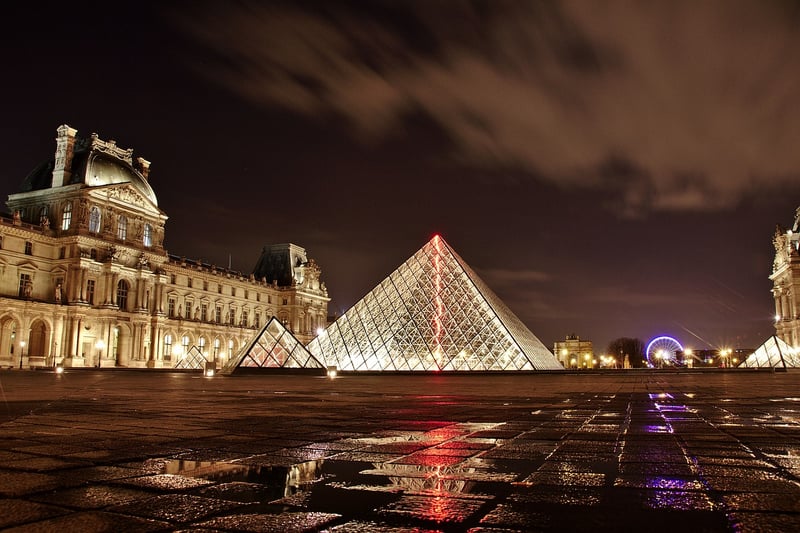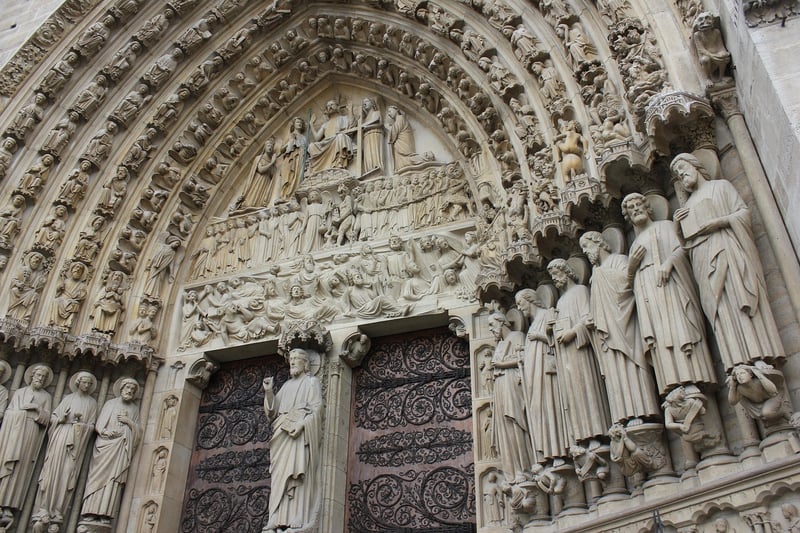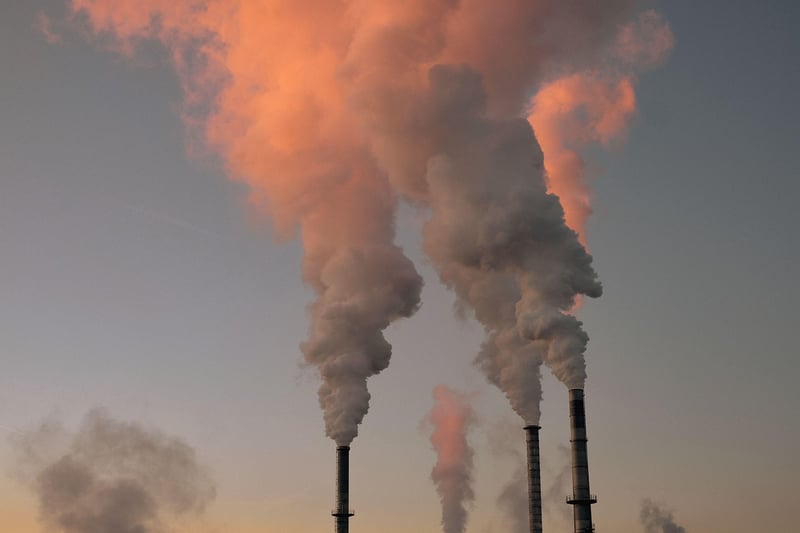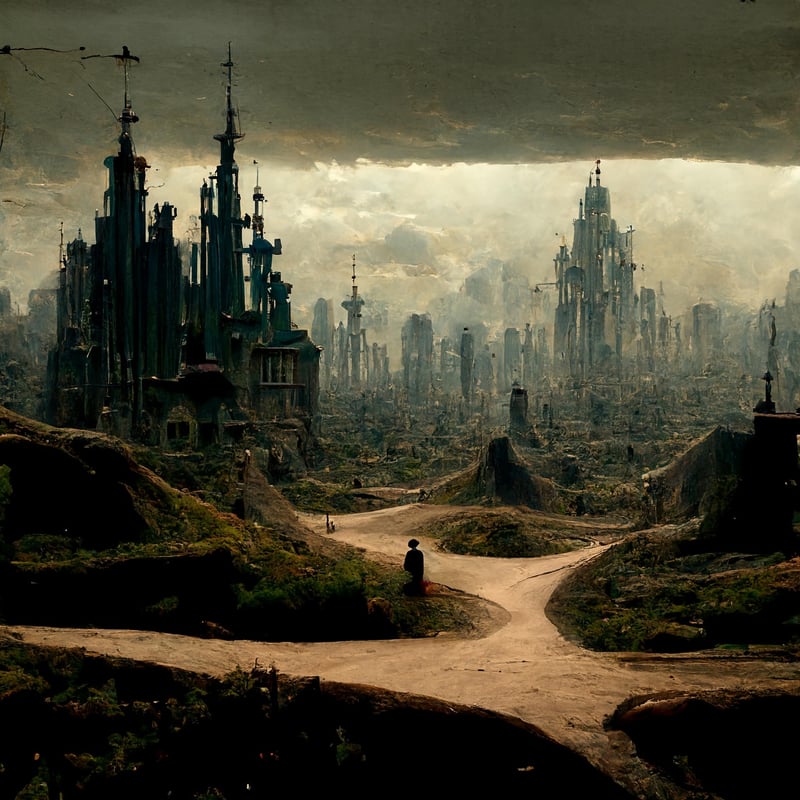Future Dystopian Worlds
Exploring Different Eras and Future Dystopian Worlds
Introduction
From ancient civilizations to futuristic dystopian societies, the concept of different eras and worlds has always fascinated humanity. Let's delve into the various epochs of history and imagine what the future might hold in terms of dystopian worlds.
Ancient Civilizations
Ancient civilizations like the Egyptians, Greeks, and Romans have left a lasting impact on human history. The pyramids of Egypt, the philosophy of Socrates, and the engineering marvels of the Romans are just a few examples of their remarkable achievements.

The Middle Ages
The Middle Ages were a time of knights, castles, and feudalism. This era saw the rise of powerful kingdoms, epic battles, and the construction of magnificent cathedrals like Notre Dame in Paris.

The Industrial Revolution
The Industrial Revolution transformed societies with the invention of machines, factories, and urbanization. It marked a shift from agrarian economies to industrialized nations, leading to significant social and economic changes.

Future Dystopian Worlds
Imagining the future can be both thrilling and terrifying. Dystopian worlds depicted in literature and movies often explore themes of authoritarianism, environmental collapse, and technological surveillance.
Key Elements of Dystopian Worlds
- Governments with oppressive control
- Social stratification and inequality
- Environmental degradation
- Lack of personal freedom
- Technological domination
Popular Dystopian Works
- 1984 by George Orwell
- Brave New World by Aldous Huxley
- The Hunger Games by Suzanne Collins
- Blade Runner by Philip K. Dick
As we ponder the possibilities of future dystopian worlds, it serves as a reminder to reflect on our present actions and strive for a better tomorrow.
